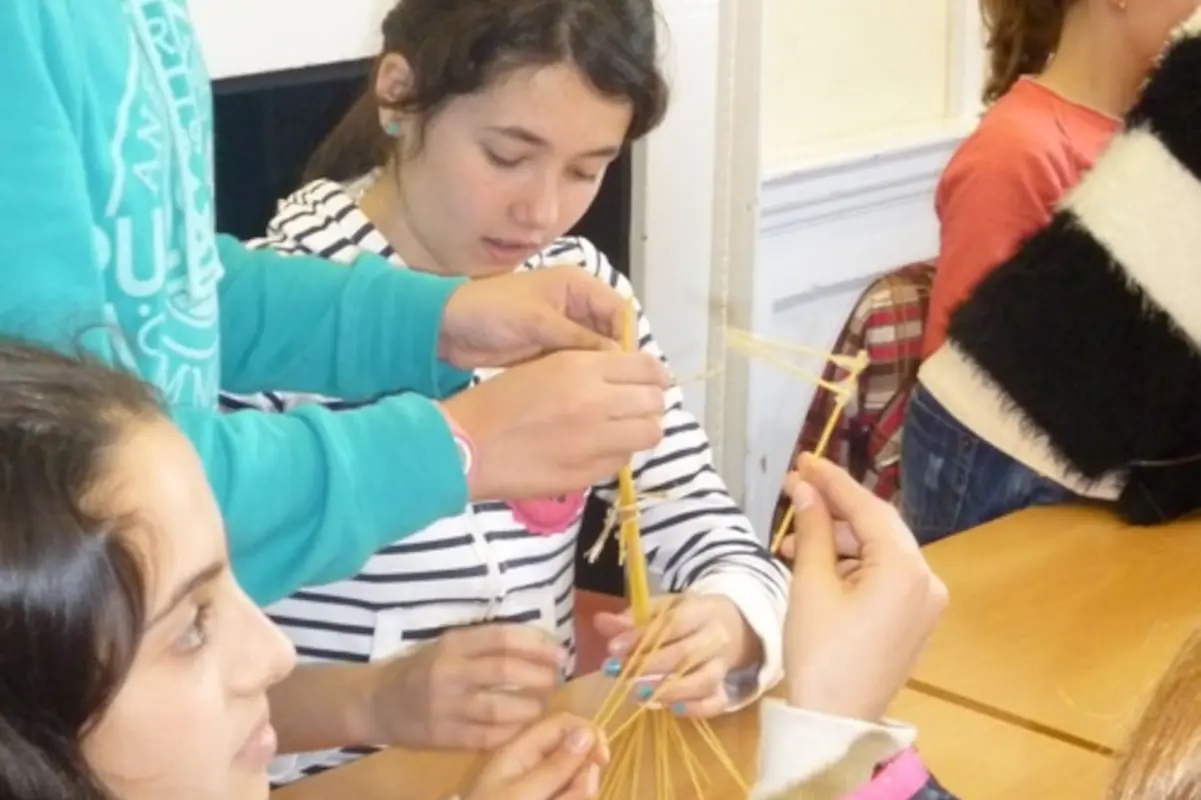There are plenty of pre-made resources available in lots of coursebooks and online, but most of them are geared towards a specific language point. Games can be versatile and great way to practise language in an informal and relaxed setting.
The games I talk about below all require little or no preparation and can be adapted to almost any language point you want. Think about what the student gets out of it. Will all that laminating and cutting really achieve those learning outcomes any better? Here are five games that get students talking:
1. Battleships
Change the X and Y axis grid to anything you want to practise (e.g. letters and numbers for low levels, to phonemes and word stress patterns for higher ones). Students practise speaking and listening as well as accurate stress and pronunciation.
2. Bingo
Great low level practice for numbers or change the boards for any vocab you want to practise. Get students to do the calling for pronunciation work.
3. Call my bluff
Great to learn new vocabulary and also for defining relative clauses. It’s also a very good communicative practice with students having to think around vocabulary issues and using descriptions to get their ideas across.
4. Hangman
Good for vocabulary practice. A perfect way to review new vocab at the end of the week.
5. Would I lie to you?
Students prepare their life story and include two or three false facts. Set a time limit for other students to ask questions and then guess the lies. Great practice for narrative tenses and also question forms. Lots of student led communication too.


